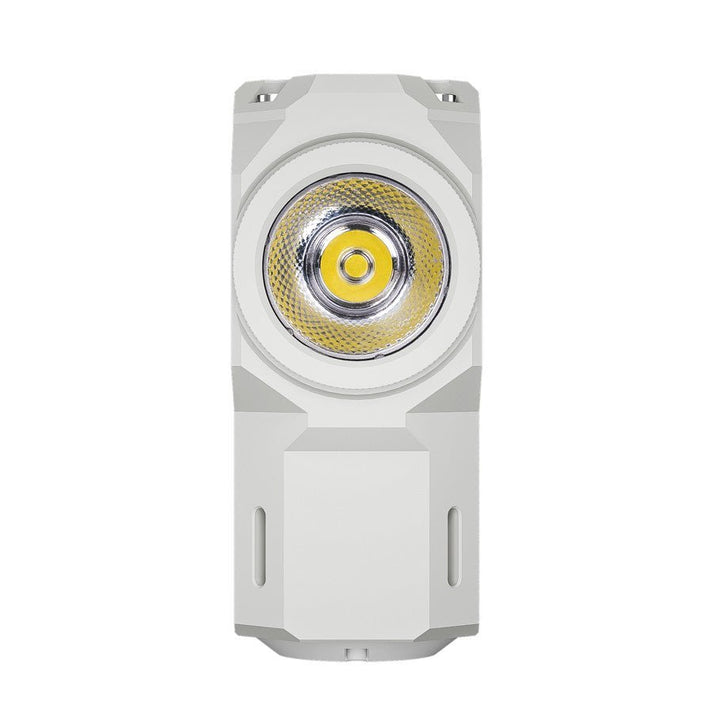Flashlight Technology and Applications
"The Science of Light: Illuminating the World of Flashlights"
Sep 12, 2023
"Flashlight Technology and Applications"
Light is at the core of every flashlight's function. Here, we dive deep into the science of light, exploring its fundamental properties and how they relate to flashlight technology.
1. Understanding Light: Light is a form of electromagnetic radiation, and understanding its properties is crucial to comprehend how flashlights work. We explore concepts like wavelength, frequency, and the electromagnetic spectrum. Additionally, we discuss how different light sources, including incandescent bulbs and LEDs, emit light.
2. The Role of LEDs: Light Emitting Diodes (LEDs) have revolutionized flashlight technology. We delve into the science behind LEDs, including how they produce light efficiently through electron-hole recombination. We also discuss the advantages of LEDs over traditional incandescent bulbs in terms of energy efficiency and durability.
3. Lumens and Candela: Two key measurements in flashlight technology are lumens (total light output) and candela (intensity). We explain what these measurements mean in detail and how they impact flashlight performance. Furthermore, we explore how manufacturers measure and specify these values.
4. Color Temperature and Color Rendering Index (CRI): The color of light matters, especially in certain applications. We discuss color temperature, which influences the perceived color of light, and CRI, which measures how accurately a light source renders colors. We also provide examples of how these factors affect the quality of light produced by flashlights.
5. Beam Patterns: Flashlights come with different beam patterns, from spotlights to floodlights. We explore how reflectors and lenses shape light to create these patterns and their practical applications. Additionally, we discuss the importance of beam uniformity and how it affects visibility.
Understanding the science of light is essential for selecting the right flashlight for your needs and making informed decisions about beam type, color, and brightness. Armed with this knowledge, you'll be better equipped to choose the perfect flashlight for any situation.
← Previous Post
Tags:
Related Articles













